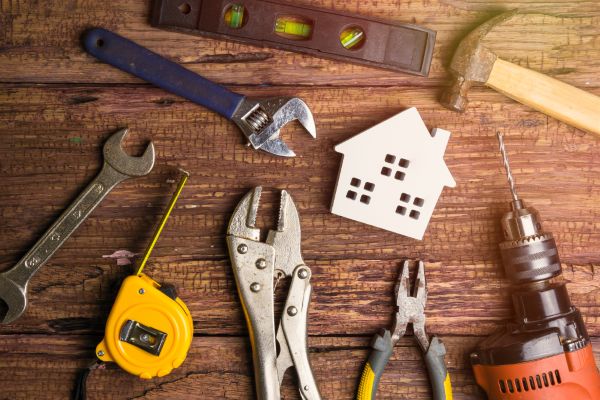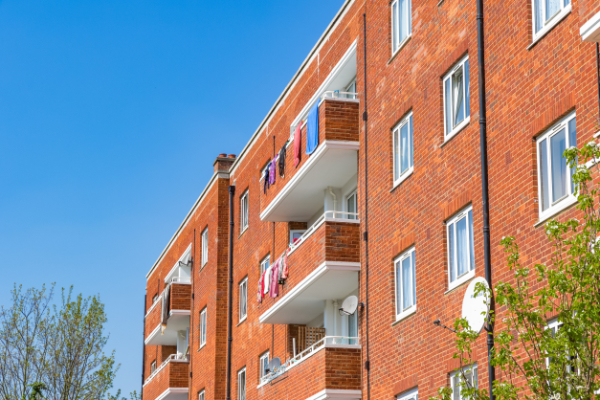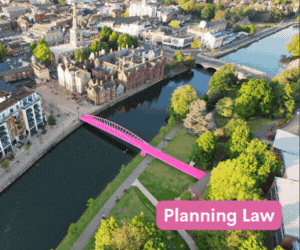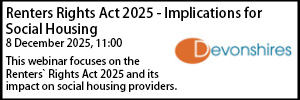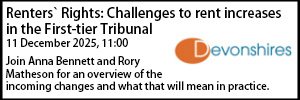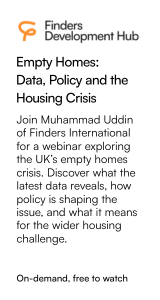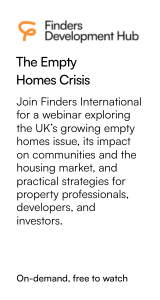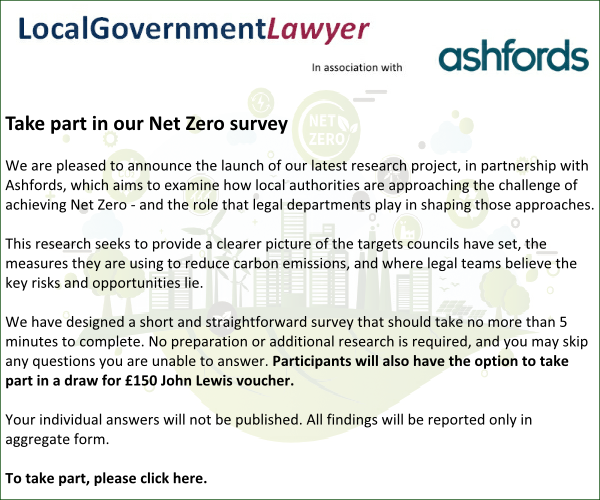Housing Ombudsman report for landlords on triage failings highlights case where children were unable to access bathroom for six months
- Details
The Housing Ombudsman has issued a report on cases where poor triaging by social landlords led to cases that should have been categorised as emergencies not being treated as such, including one in which children were left without access to a bathroom for six months.
The report, the latest in a series being published in the lead-up to the commencement of Awaab’s Law in October, also highlights cases where an issue was labelled as an emergency, but delays occurred in dealing with the problem.
A third area of the report looks at priority repairs due to the individual circumstances of the household.
“These are cases that may not have been an emergency under a landlord’s policy, but should have been dealt with much more urgently due to vulnerabilities present in the home,” the Ombudsman said.
Other cases highlighted in the report include a domestic abuse survivor having to live without an external door for six months despite her ex-partner being on bail, and a resident with breathing difficulties being forced to endure an entire winter without heating and hot water.
The report identifies common causes for service failure, including limited records and communication, poor coordination with other parties, and the wrong trades being sent to do works.
In several cases, emergency repairs are not completed until ordered by the Ombudsman.
The landlords responsible for cases in this report are:
- Accent Housing
- Brent Council
- Clarion
- Guinness Partnership
- Hackney Council
- Harlow Council
- Lambeth Council
- L&Q
- Newlon Housing Trust
- North Tyneside Council
- Sovereign Network Homes
Richard Blakeway, Housing Ombudsman, said: “From October, Awaab’s Law will apply to emergency repairs as well as damp and mould. Landlords report that nine out of ten emergency repairs are handled on time, so confidence will be higher for meeting these obligations than in other areas.
“This does not diminish the human impact when things go wrong handling priority repairs.
“While there is more convergence around timescales for emergency repairs compared to other areas, one in three landlords still have more than one response time for an emergency repair and what constitutes an emergency situation can vary between landlords, beyond issues such as electrics, gas and flooding.”
Blakeway said this suggested that some landlords would need to take more action to be ready for an aspect of Awaab’s Law that has been discussed less than damp and mould.
He added: “Our cases provide clear and consistent lessons. Central are reports of ‘no access’ to the property leading to the landlord closing the case. This is despite sometimes limited evidence of the resident being notified by the landlord it would be attending and policies typically stating entry will be forced in an emergency.
“Another pattern is making temporary fixes but permanent resolution being severely delayed, recreating potentially hazardous conditions.
“There is plenty within this report for landlords and their Member Responsible for Complaints to consider as the sector focuses on the importance of connecting the circumstances of the person living in the property to its condition.”
Harry Rodd










